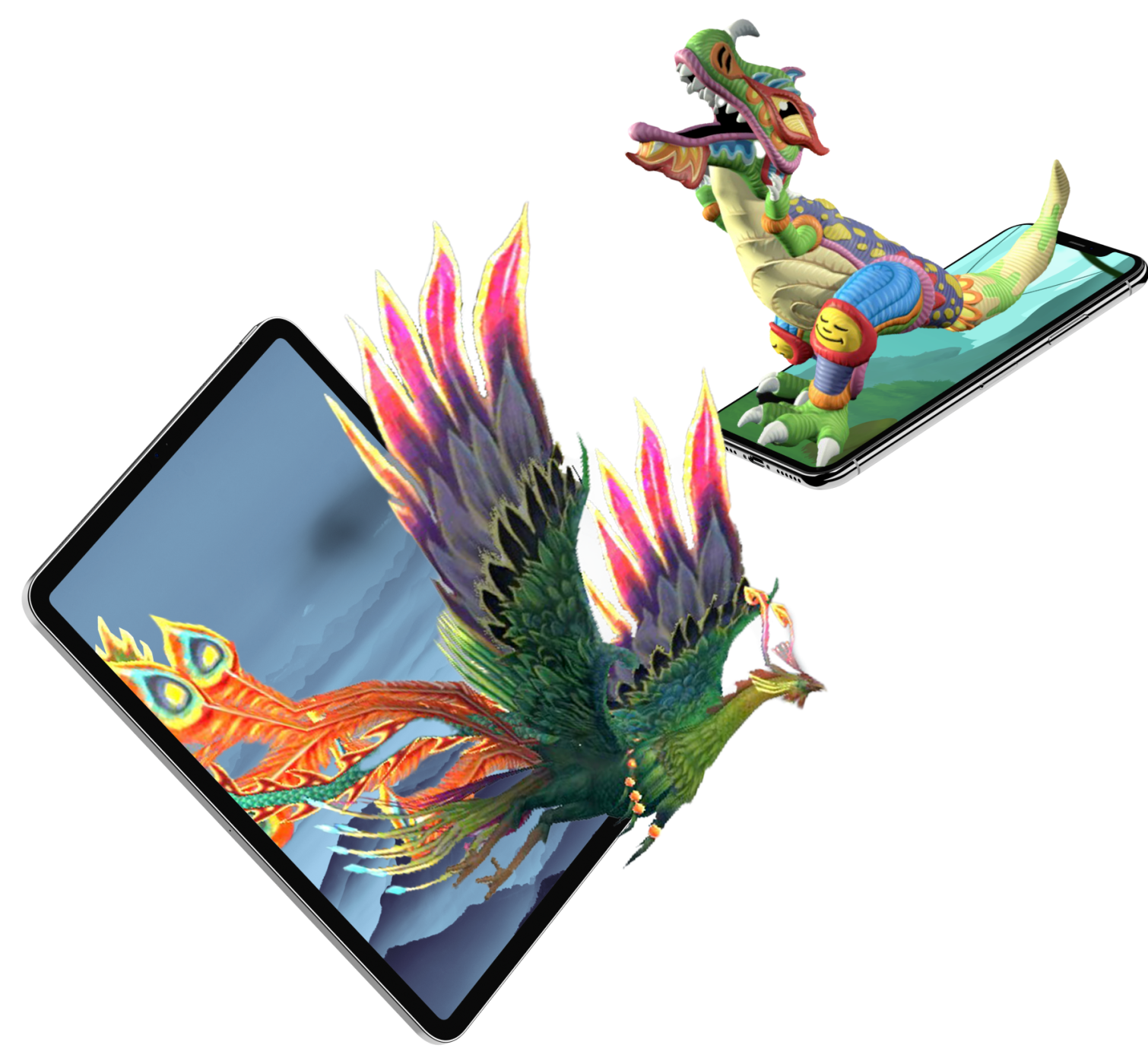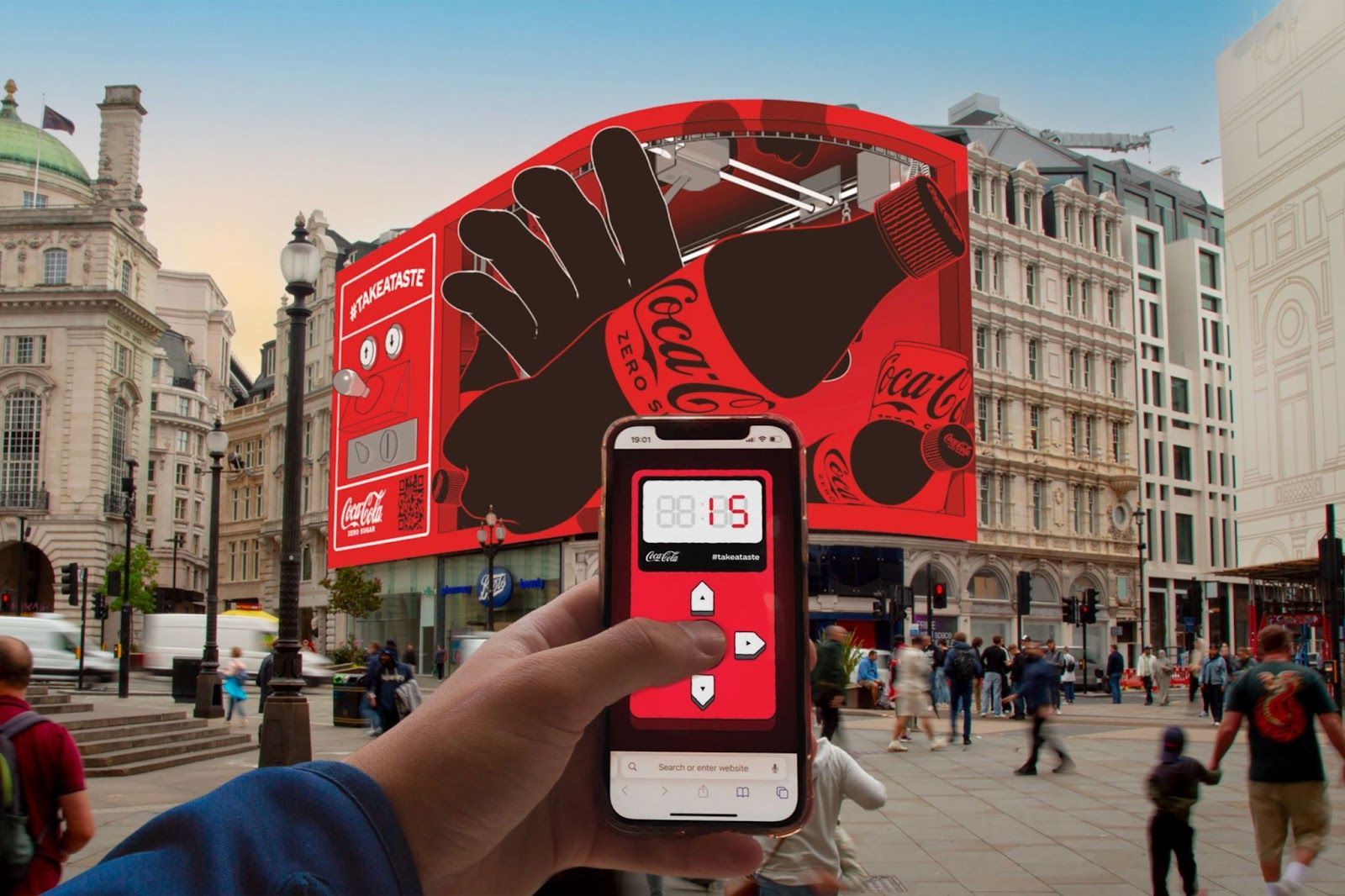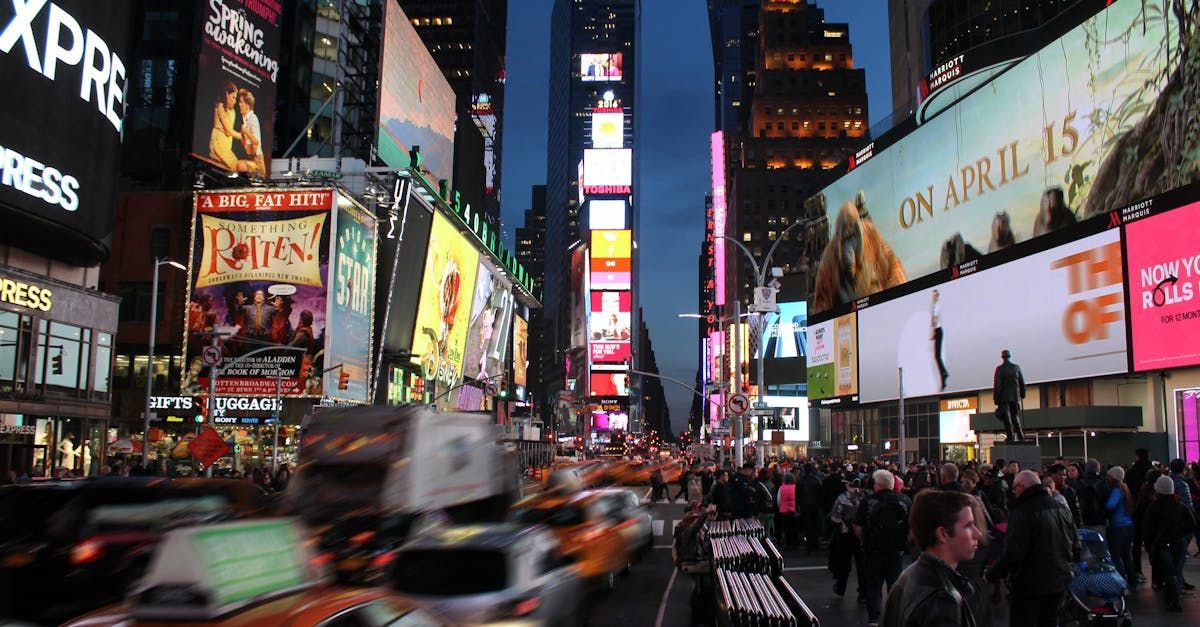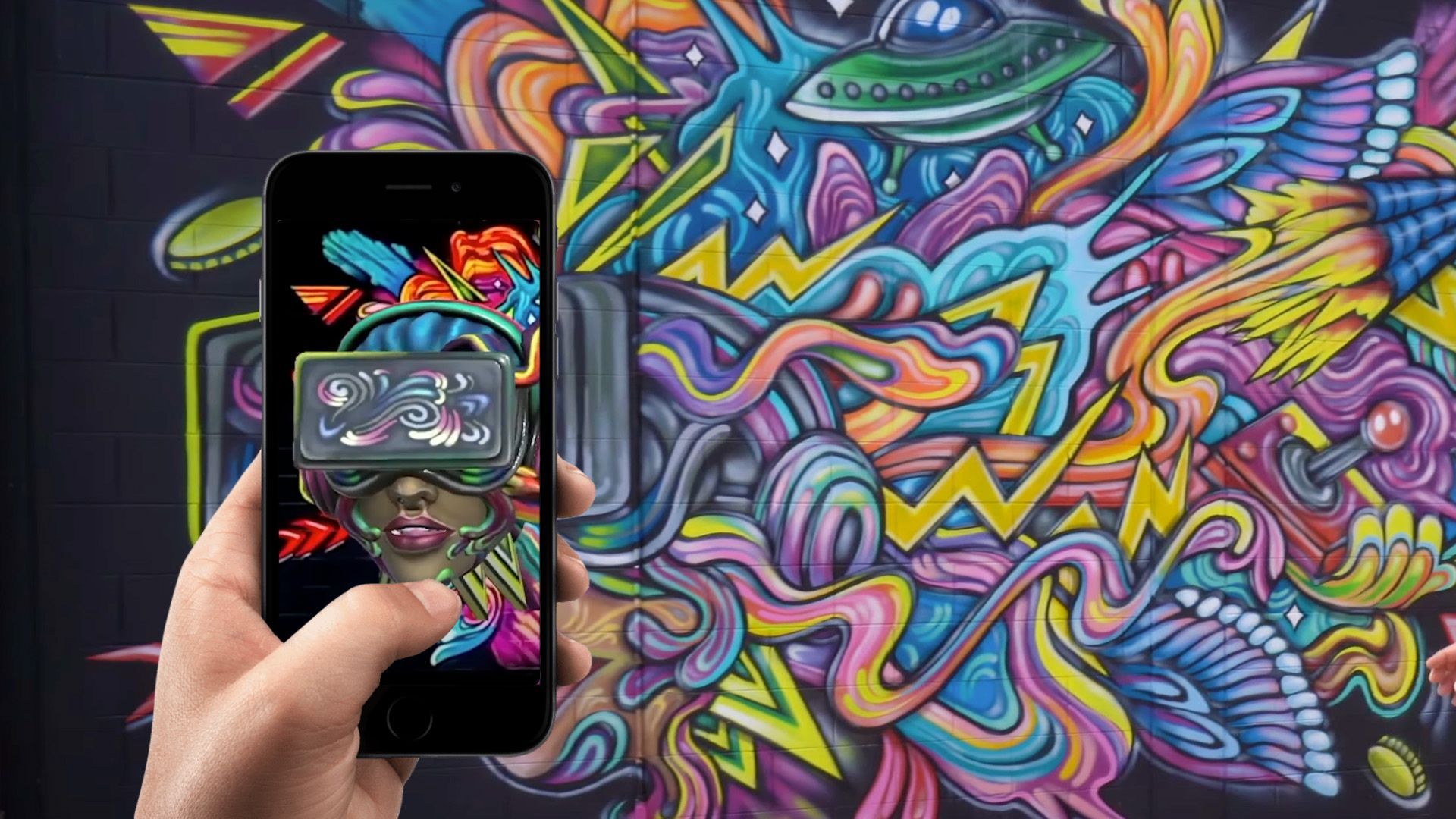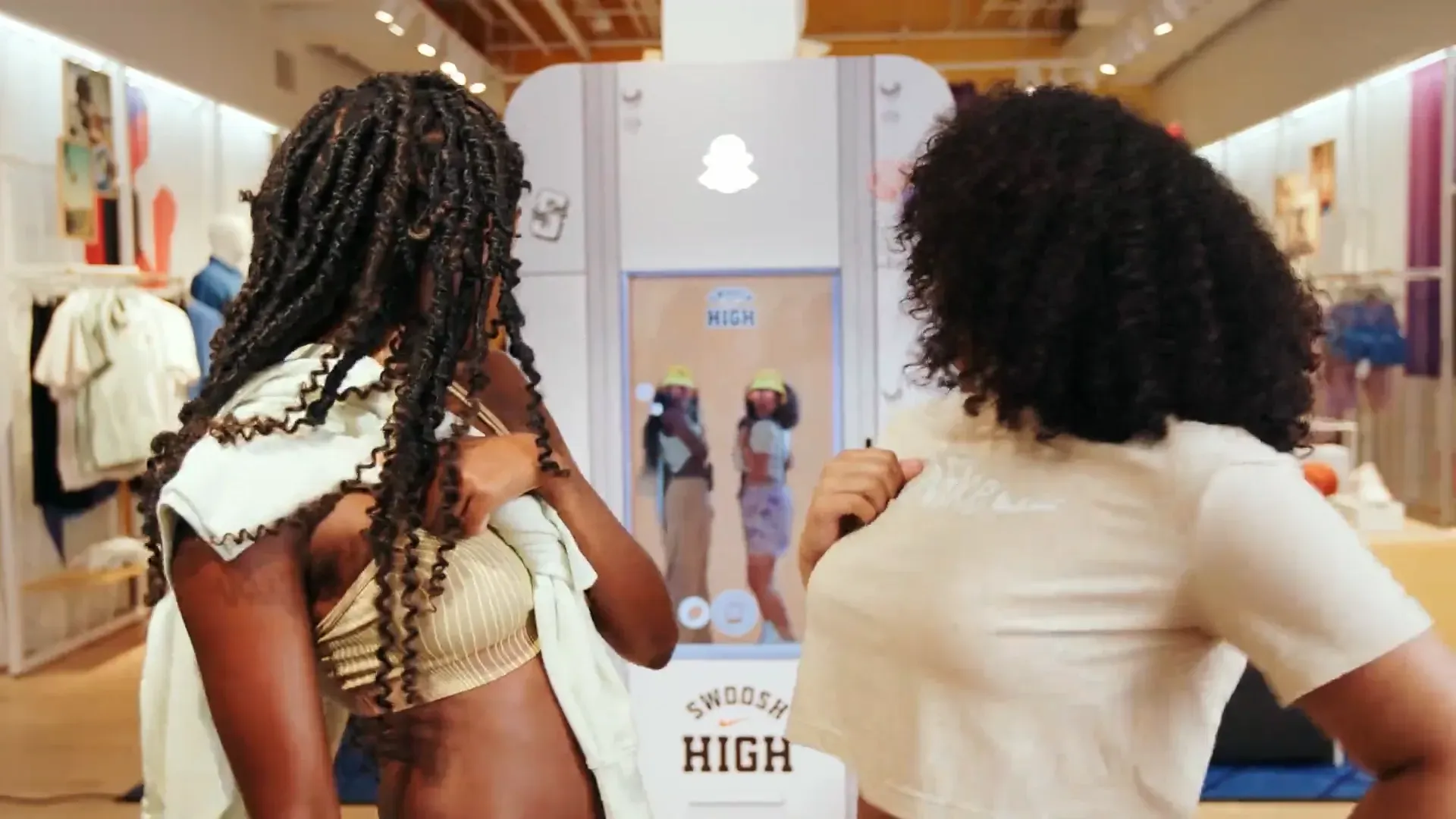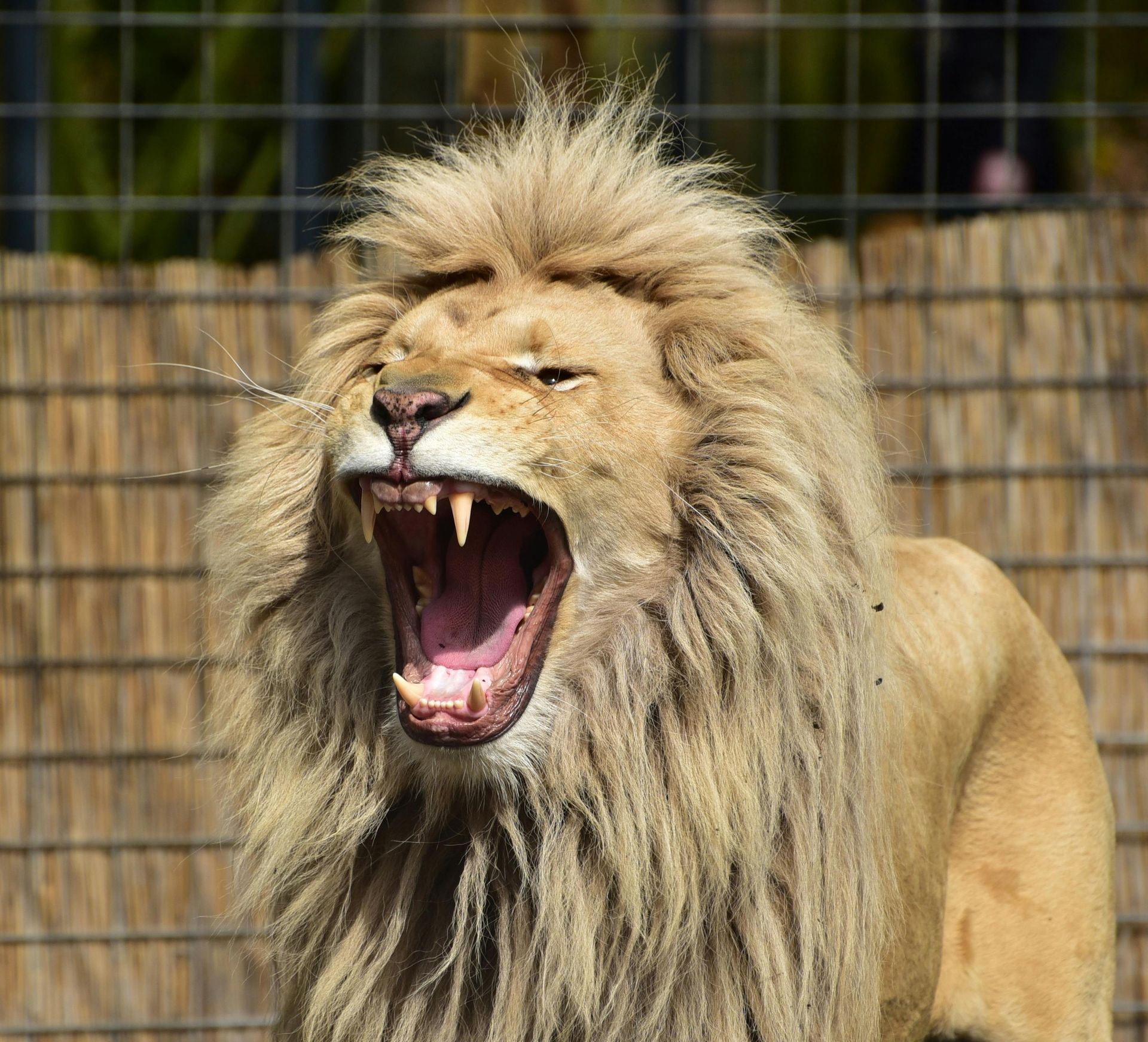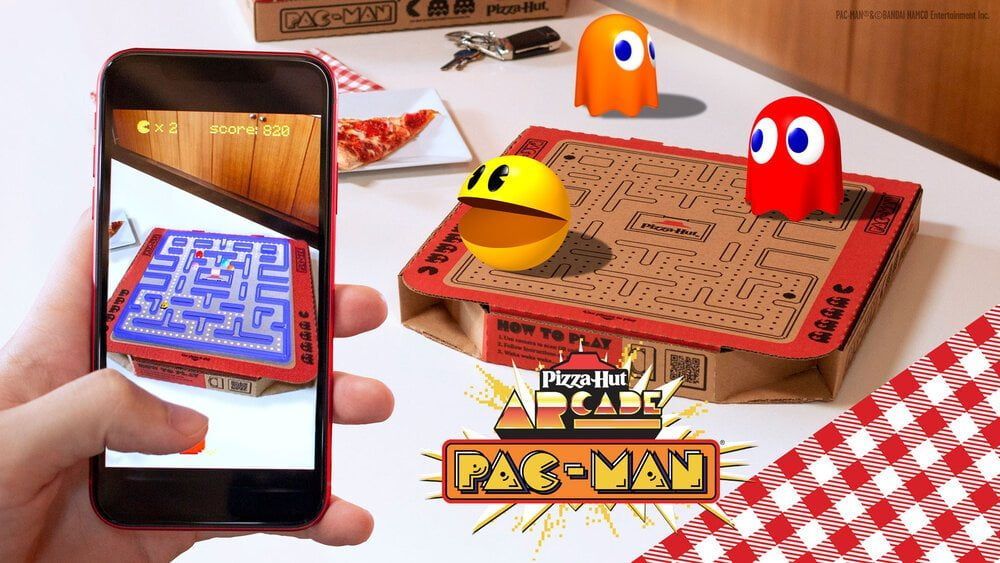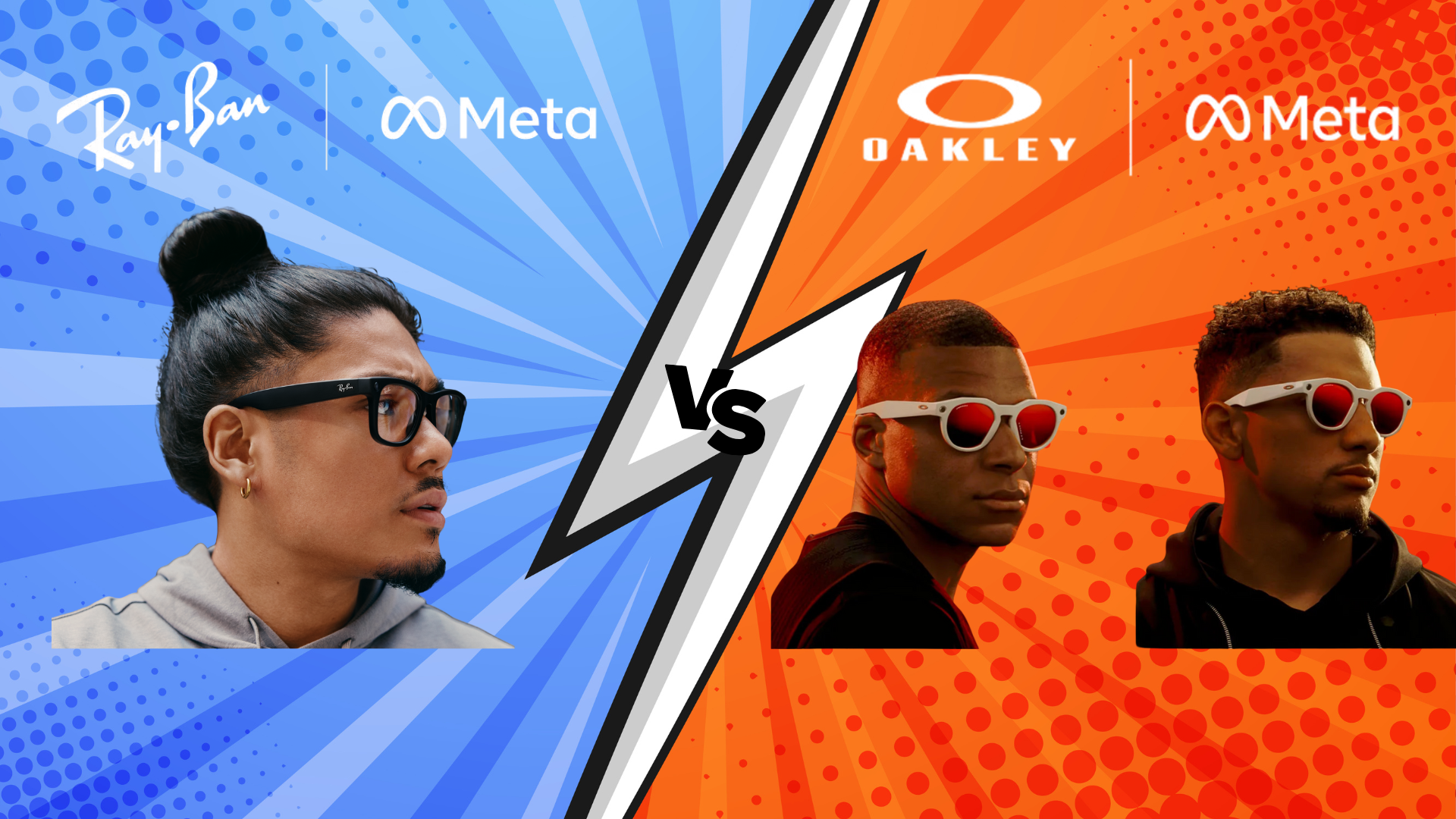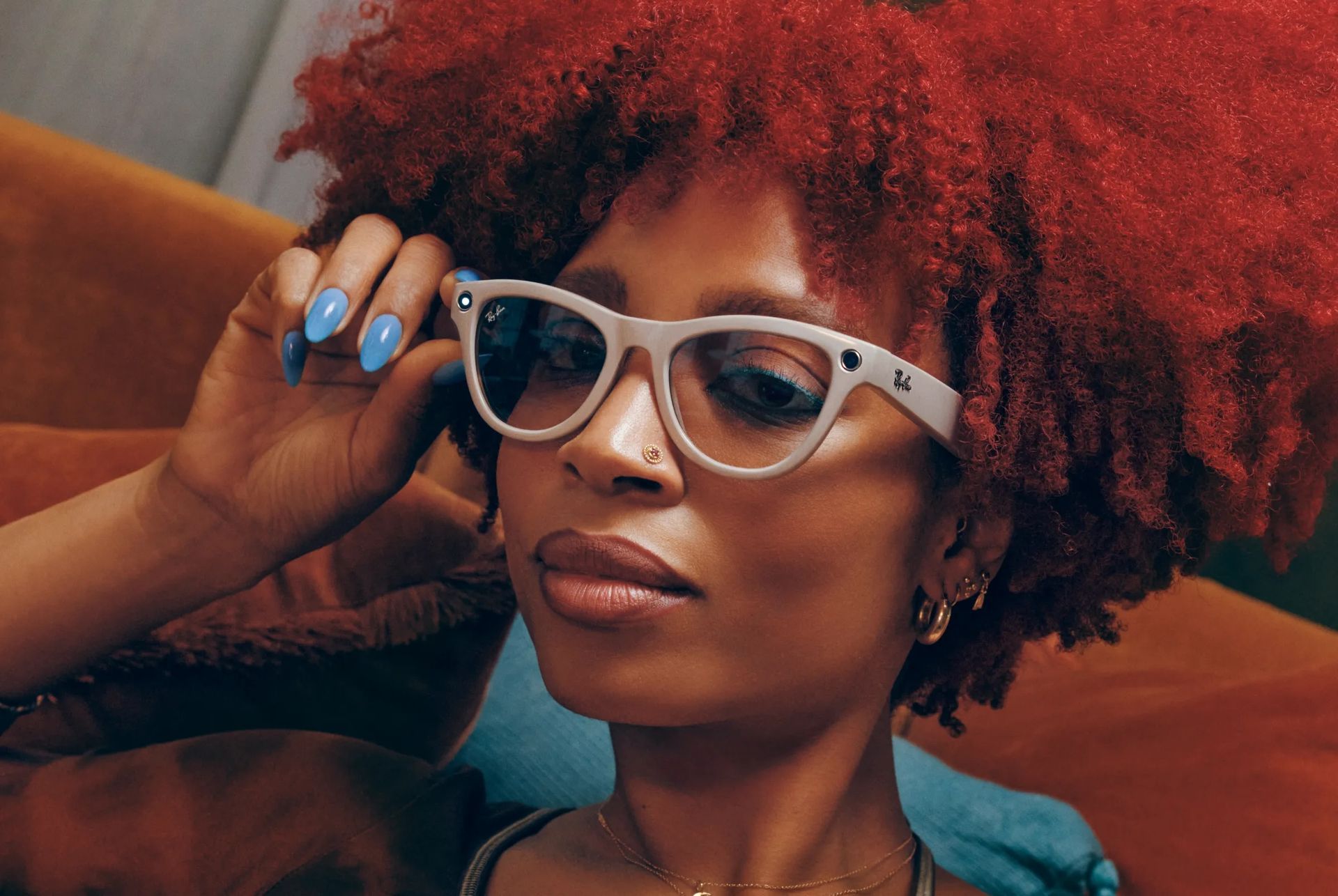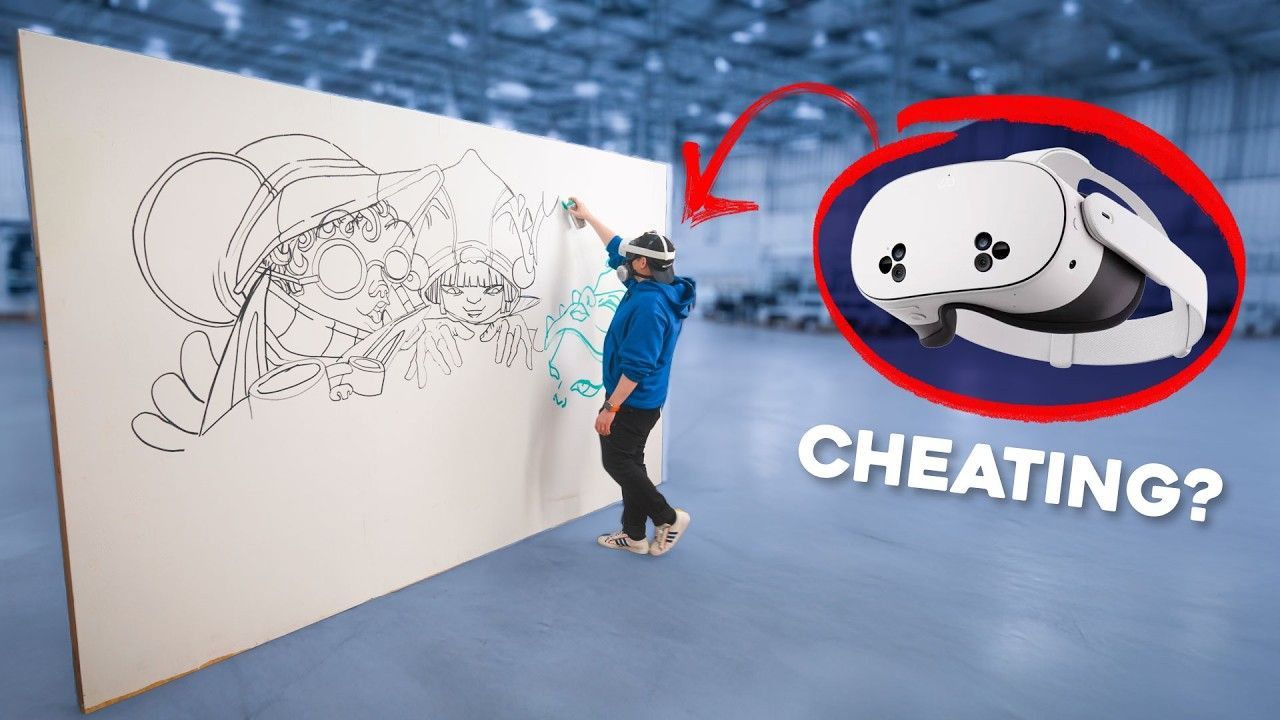The Evolution of AI in Image Creation
The evolution of artificial intelligence (AI) in image creation has transformed the world of art, design, and media, influencing how visual content is conceptualized and crafted. This development journey began decades ago and has accelerated rapidly in recent years with breakthroughs in neural networks, text prompts, and machine learning models like Stable Diffusion and Generative Adversarial Networks (GANs). Let's dive into the stages of this evolution and examine the current and future impacts of AI-driven image generation on creativity and innovation.
The Early Days of AI and Image Creation
The origins of AI in image generation can be traced back to the concept of neural networks in the 1950s, with researchers working on basic AI models capable of pattern recognition. The first breakthroughs focused on training computers to recognize shapes, colors, and basic image patterns. These were fundamental developments in the history of AI, setting the stage for more complex models.
By the 1980s, AI researchers developed more sophisticated algorithms, including those driven by Ian Goodfellow's pioneering work on GANs. Generative Adversarial Networks allowed two neural networks to "compete" in generating realistic images, a model inspired by human cognition and competition that revolutionized image generation. GANs improved image realism and opened the door to creating entirely new visuals beyond what was previously possible.
Rise of Deep Learning and Image Generation
With the rise of deep learning in the 2000s, AI models became capable of handling vast amounts of data and identifying increasingly complex patterns. Deep learning enabled the development of convolutional neural networks (CNNs), which excel in image processing tasks and were instrumental in advancing the AI-generated images we see today. This era marked a shift from static image analysis to generating dynamic and contextually relevant images, enhancing the creative potential of AI.
The 2010s saw a boom in AI applications, and with the advent of more sophisticated hardware, powerful image-generation tools became accessible to developers and artists. This period also witnessed significant milestones in developing text prompts, enabling users to instruct AI models to create specific images simply by describing them in natural language, leveraging advancements in natural language processing (NLP).
Diffusion Models and Stable Diffusion
Diffusion models represent the latest evolution in AI generation, refining how images are created and manipulated. Unlike GANs, which can be challenging to train and may suffer from quality issues, diffusion models work by gradually transforming random noise into coherent images. Stable Diffusion, one of the most well-known diffusion models, has revolutionized the field by allowing users to generate high-quality images from scratch or enhance existing ones with remarkable detail and accuracy.
Stable Diffusion has shown that diffusion models can achieve quality levels previously thought exclusive to GANs or manual processes, marking a pivotal moment in AI art. This model has also opened up possibilities for real-time applications, essential for fields like augmented reality (AR) and virtual reality (VR), where users demand high-quality visuals that adapt dynamically to different environments.
The Role of Text Prompts in AI-Generated Images
The integration of text prompts into AI platforms allows users to interact with AI models intuitively, unlocking AI's creative potential even for those with no coding or design skills. Tools like DALL-E and Stable Diffusion generate images based on descriptive phrases, making AI-generated images accessible to a broad audience.
Text prompts bridge human imagination and machine capabilities, allowing users to convey detailed instructions that the AI interprets and visualizes. This capability has transformed industries, enabling marketers, content creators, and brands to produce stunning visual content without extensive design knowledge.
Neural Networks and Model-Inspired Creations
Neural networks are the backbone of AI image generation, continually learning from vast datasets to create increasingly realistic and contextually relevant images. Model-inspired design has become a popular approach, where neural networks "learn" from art styles, photography, or design trends, generating visuals that are inspired by, but not identical to, existing works.
This technology has been widely adopted in e-commerce, advertising, and social media, where visually appealing content is paramount. AI-generated visuals are helping brands stand out and engage audiences in new, compelling ways, as seen with BrandXR’s augmented reality initiatives that enable immersive customer experiences through AI-driven visual content.
Traditional Art vs. AI Art: A New Frontier
The intersection of traditional and AI-generated art has sparked debates about originality, creativity, and authenticity. While traditional art is rooted in manual skills and human experience, AI art introduces new dynamics, where machines generate images based on learned patterns and data-driven creativity. Artists and creators are increasingly embracing AI as a tool to extend their capabilities, producing hybrid works that blend human intuition with machine precision.
Future of AI in Image Creation
The future of AI in image creation is poised to bring even more transformative changes. Emerging models will likely enhance real-time image generation capabilities, allowing for more interactive and personalized visuals in virtual reality and gaming. AI technology will also continue to refine its ability to interpret natural language commands with greater accuracy, creating seamless experiences in image generation based on simple voice or text instructions.
Further, integrating AI with other emerging technologies, such as AR and VR, will lead to immersive environments where users can generate or manipulate images as they navigate digital spaces. These developments will redefine user experiences in entertainment, education, and beyond.
Ethical and Practical Considerations
Ethical and practical questions arise as AI technology continues to shape image creation. Issues such as copyright infringement, artistic ownership, and data privacy require careful attention. Developers and users must consider how AI-generated content is sourced, attributed, and used. As more individuals and businesses rely on AI for image creation, a balance must be struck to ensure responsible usage that respects intellectual property rights and fosters a collaborative, respectful digital art landscape.
Conclusion: AI's Ongoing Evolution in Image Generation
The evolution of AI in image creation is a testament to the power of technology to reshape our creative processes. From the early days of neural networks to the latest developments in diffusion models, AI has consistently pushed the boundaries of what is possible in image generation. As we look to the future, the promise of AI in art and design will only continue to grow, driving innovation across industries and offering endless opportunities for artists, brands, and consumers alike to engage with AI-generated visuals.
With the growing accessibility of AI tools and the rising demand for personalized content, the potential for AI in image creation seems boundless. As we navigate this exciting frontier, AI-generated images will undoubtedly continue to play a significant role in shaping visual media, transforming how we create, perceive, and interact with art in a rapidly evolving digital landscape.
TALK TO A PRO
We're here to bring your brand to life!
Stay Connected with BrandXR
Create Augmented Reality for Free!
Create, Publish, and Measure 3D Augmented Reality Experiences Without Having to Code.
